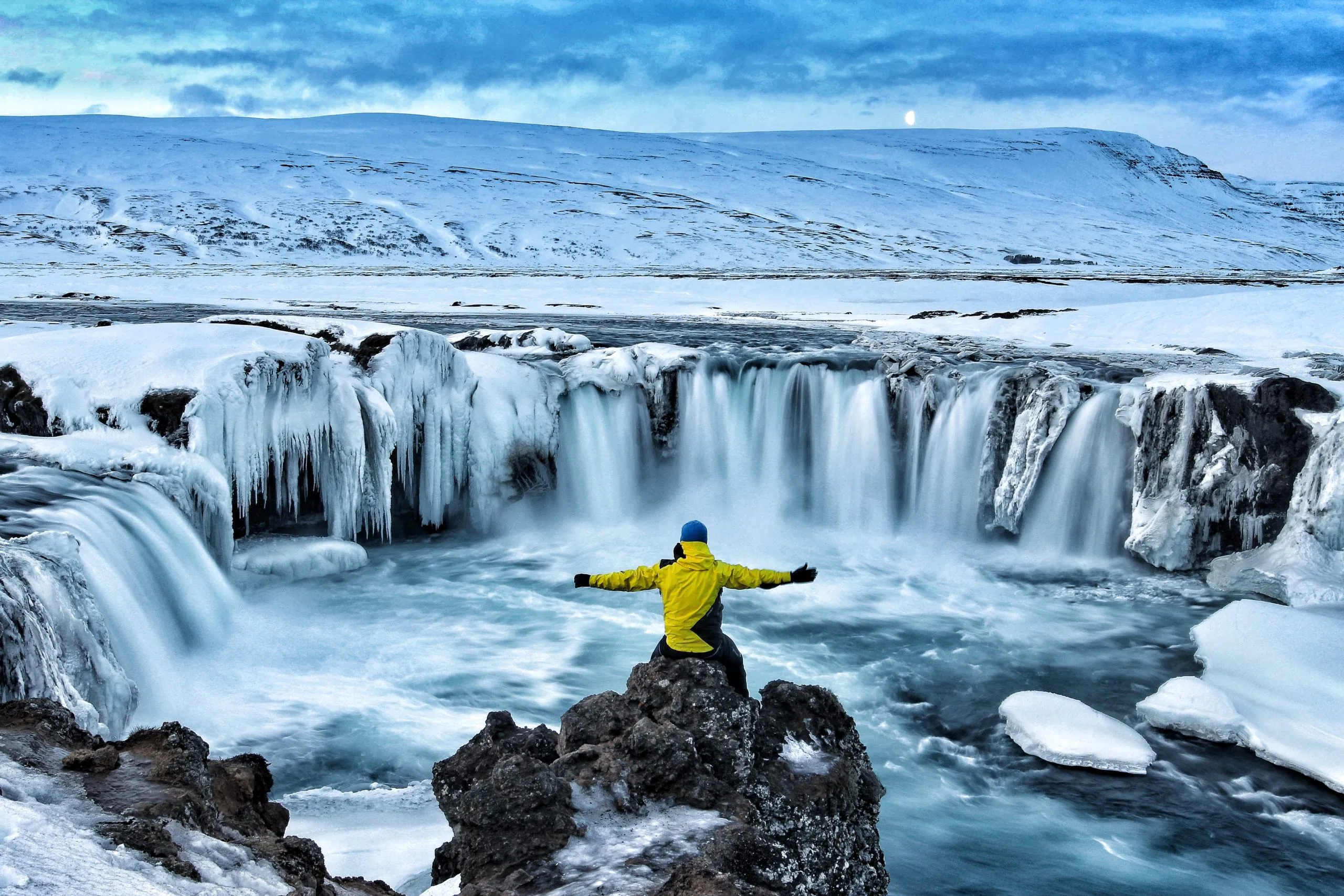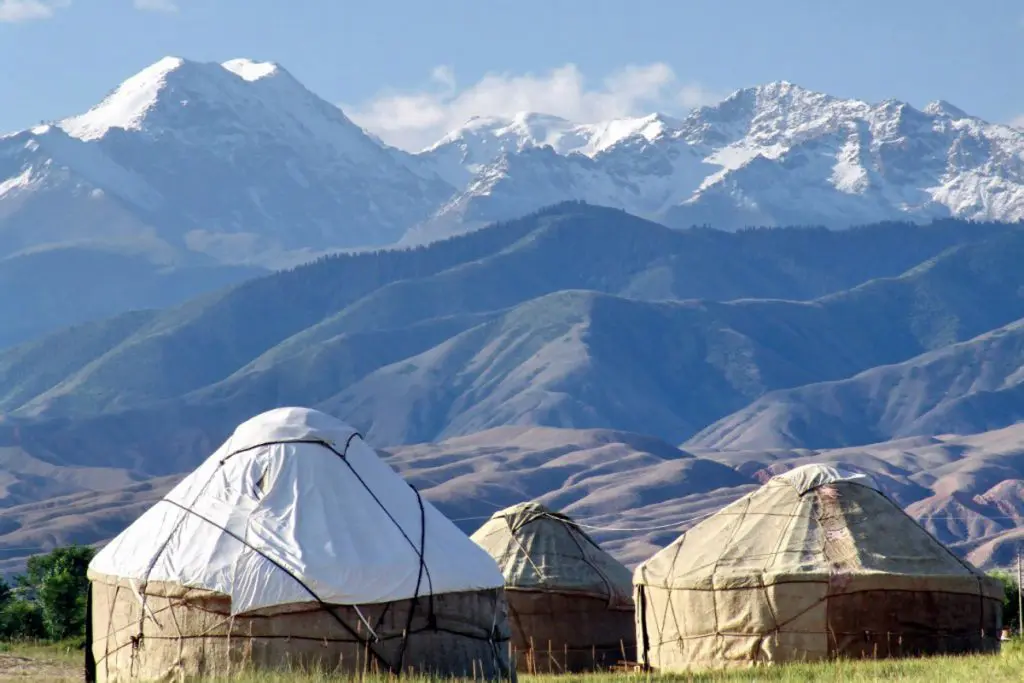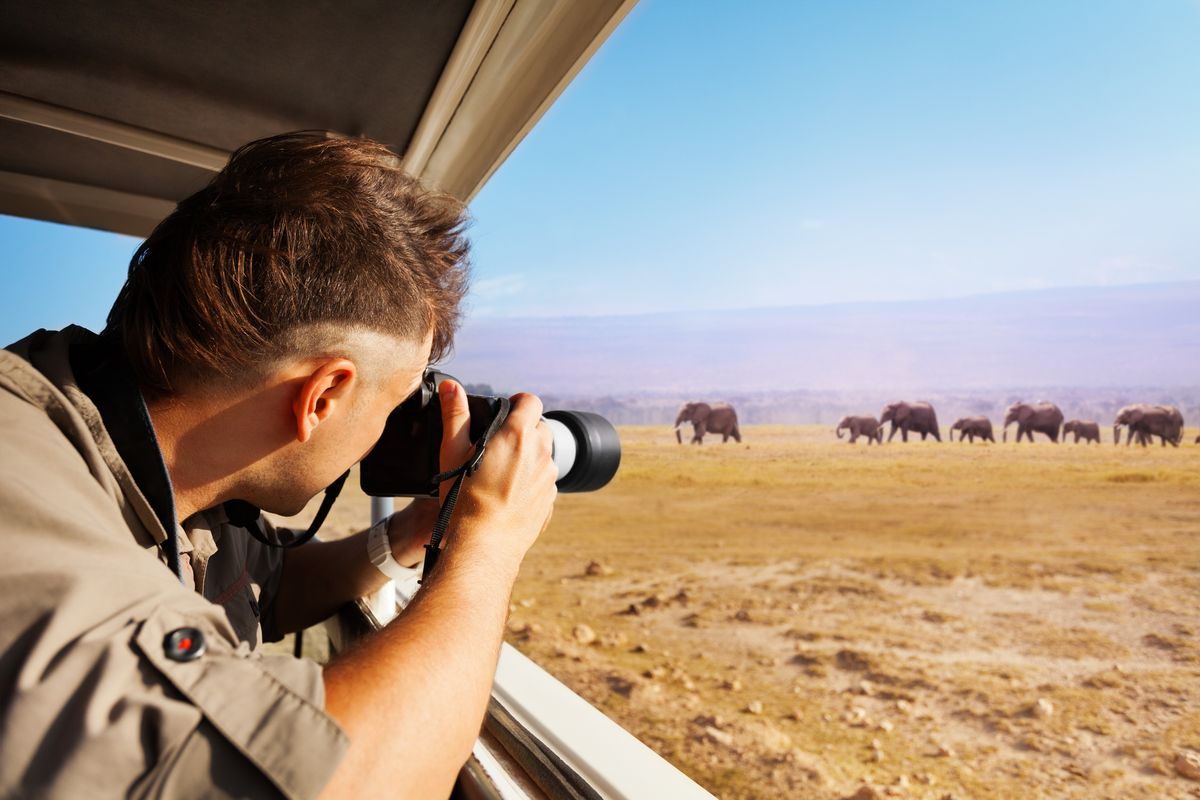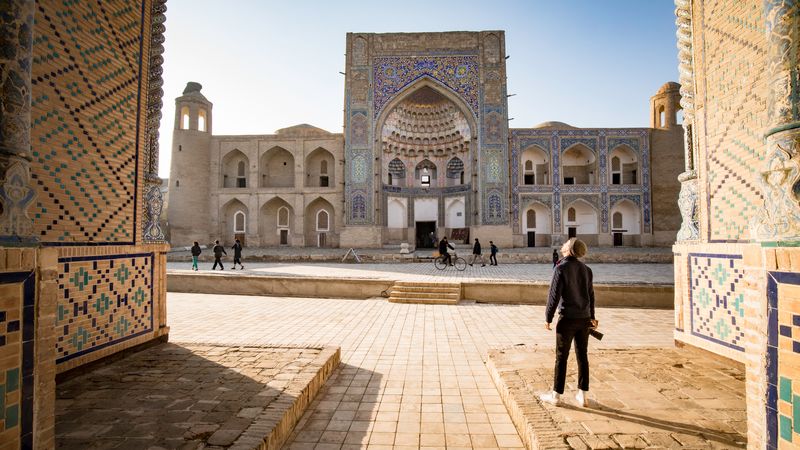Picture this: You’re bundled up against a wind that whispers ancient sagas, standing on a black sand beach where the Atlantic crashes like it’s auditioning for a Viking movie. That’s Iceland for you—not just a destination, but a full-on sensory overload that sticks with you long after the flight home. I’ve chased waterfalls there that feel like they’re straight out of a fantasy novel, soaked in geothermal pools under a sky painted with northern lights, and yes, even gotten hilariously lost on a gravel road that looked suspiciously like a driveway. If you’re dreaming of your first (or fifth) trip to this land of fire and ice, buckle up. This guide isn’t your cookie-cutter list; it’s the roadmap from someone who’s traded blizzards for hot springs and come back with stories that make office coffee chats legendary.
Iceland isn’t huge—about the size of Kentucky—but it packs a punch that could humble a heavyweight champ. Whether you’re a solo wanderer craving solitude or a family plotting a road trip epic, the island’s got layers of wonder waiting to be peeled back. From the thundering Golden Circle to the moody fjords of the north, we’ll dive into the spots that turn visitors into evangelists. And hey, if you’re worried about the weather (spoiler: it’s as unpredictable as a toddler on sugar), I’ve got tips to keep the magic flowing without the meltdown.
Why Iceland Should Be Your Next Adventure
Iceland hooks you with its raw, unfiltered beauty—the kind that makes you question why you ever settled for beach umbrellas and margaritas. It’s a place where volcanoes simmer like grumpy uncles at a family reunion, and glaciers carve landscapes that look photoshopped by Mother Nature herself. But beyond the Instagram reels, it’s the stories: elves in the folklore, puffins waddling like drunk sailors, and that midnight sun that tricks you into forgetting bedtime exists.
What draws people back isn’t just the scenery; it’s the reset button it hits on your soul. I once arrived after a brutal breakup, convinced the world was grayscale. By day three, hiking past a rainbow arching over a lava field, I was laughing at how small my problems felt next to a continent in slow-motion drift. If you’re chasing that spark—be it adrenaline from ice cave treks or quiet awe at a geothermal spa—Iceland delivers without the pretension.
Travel here isn’t about ticking boxes; it’s about letting the island rewrite your itinerary. With over 200,000 visitors annually flocking to spots like the Blue Lagoon, it’s proof you’re not alone in this obsession. But trust me, even in peak season, you can find pockets of peace that feel like your personal discovery.
Getting There and Around: Your Iceland Launchpad
Touching down at Keflavík International Airport feels like stepping into a sci-fi set—windswept tarmac, dramatic skies, and that instant chill that says, “Welcome to the edge of the world.” Direct flights from major hubs like New York or London make it a breeze, but the real adventure starts with how you roam. Renting a 4×4 is non-negotiable for gravel roads that twist like plotlines in a thriller.
Public buses and guided tours are lifesavers if driving’s not your jam, especially in winter when ice turns highways into skating rinks. I learned this the hard way on my first go—sliding sideways toward a sheep that eyed me like I was the intruder. Pro tip: Download the Vedur.is app for weather alerts; it’s saved more trips than a fairy godmother.
For the full immersion, the Ring Road beckons—a 1,332-kilometer loop circling the island, doable in 7-10 days if you’re not stopping every five minutes for photos (guilty). Book your rental car here for seamless pickups, or check domestic flights via Icelandair to hop between regions.
Pros and Cons of Self-Driving vs. Guided Tours
| Aspect | Self-Driving | Guided Tours |
|---|---|---|
| Flexibility | Total freedom—stop for that random puffin sighting whenever. | Structured, but comfy rides and insider banter. |
| Cost | Cheaper long-term, but gas and insurance add up (around $500/week). | Higher upfront ($100-200/day), but all-in-one deals. |
| Ease | Empowering, until fog rolls in like a bad ex. | Stress-free; guides handle the “where’s the bathroom?” drama. |
| Experience | Authentic, raw—Iceland on your terms. | Educational gems, like hidden hot springs only locals know. |
Self-driving wins for adventurers, but tours shine for first-timers wanting zero white-knuckle moments.
The Golden Circle: Iceland’s Classic Introduction
This 300-kilometer loop from Reykjavík is like Iceland’s greatest hits album—geysers erupting, tectonic plates parting, and waterfalls that roar approval. It’s the perfect day trip for jet-lagged souls, packing three UNESCO-worthy wonders into hours that fly by faster than a geyser blast. No wonder it’s the most popular route, drawing crowds who leave buzzing with that “I can’t believe this is real” vibe.
I did it on a drizzly summer day, umbrella in one hand, camera in the other, feeling like a character in a Nordic myth. The beauty? It’s accessible yet profound, a gentle nudge into Iceland’s geological drama without overwhelming your itinerary.
Þingvellir National Park: Where Continents Collide
Straddling the North American and Eurasian plates, Þingvellir isn’t just a rift valley—it’s where Vikings once hashed out laws under open skies, their echoes still humming in the wind. Snorkel in Silfra fissure for crystal waters that feel like swimming through glass, or hike trails dotted with ruins that whisper history.
The park’s magic lies in its duality: serene lakes reflecting moody clouds, paired with that electric sense of standing on a fault line of worlds. I spent an afternoon there tracing the Almannagjá gorge, half-expecting elves to pop out for a debate.
Geysir Geothermal Area: Nature’s Fireworks Show
Home to Strokkur, which erupts every 5-10 minutes in a steamy column up to 40 meters, Geysir is geothermal theater at its best. Wander bubbling mud pots and hissing vents, a reminder that Iceland’s underbelly is alive and kicking.
It’s mesmerizing, almost meditative—watching superheated water defy gravity. On my visit, a rogue spray caught my jacket, turning me into a soggy spectator who laughed it off as “baptism by geyser.”
Gullfoss Waterfall: The Golden Cascade
Plunging 32 meters into a canyon carved by its own fury, Gullfoss (“Golden Falls”) lives up to its name when rainbows arc through the mist on sunny days. Boardwalks let you edge close, feeling the thunder in your chest.
This spot’s raw power humbled me; I stood there, mist-soaked and grinning, realizing waterfalls like this make Niagara look like a kiddie pool. Don’t skip the lower viewpoint—it’s where the drama peaks.
Reykjavík: The Cool Kid Capital
Iceland’s heart beats in this compact city of 130,000, where colorful tin roofs huddle against Harpa’s glass sails and street art nods to rebellious elves. It’s a blend of hipster haunts—think craft breweries in shipping containers—and Viking grit, all walkable with harbor views that soothe any urban itch.
My favorite memory? A midnight stroll past Hallgrímskirkja, its rocket silhouette lit like a beacon, street musicians strumming folk tunes that felt timeless. Reykjavík isn’t a “sightsee and leave” spot; it’s where you base your trip, dipping into museums by day and geothermal pools by night.
- Hallgrímskirkja Church: Climb the tower for panoramic views; it’s like the city’s watchtower.
- Sun Voyager Sculpture: A steel wave evoking discovery—perfect for reflective sunsets.
- Harpa Concert Hall: Geometric wonder; catch a show or just gawk at the light play.
- Laugavegur Street: Shop for lopapeysa sweaters or grab skyr at a café—pure local flavor.
For eats, try Baejarins Beztu Pylsur for iconic hot dogs that taste like victory.
The South Coast: Dramatic Drives and Black Sands
Stretching from Reykjavík to Vík, this stretch is Iceland’s showstopper—volcanic beaches, elf-reviled cliffs, and waterfalls you can walk behind. It’s a self-drive dream, with pull-offs every few kilometers tempting you to abandon the wheel for a closer look.
I drove it in early spring, sheep dotting the fields like fluffy punctuation marks, the ocean’s roar a constant soundtrack. It’s where Iceland’s elements collide most spectacularly, turning a simple road trip into an emotional rollercoaster.
Seljalandsfoss Waterfall: The Walk-Behind Wonder
Tumbling 60 meters from an ancient cliff (once a spray from inside Eyjafjallajökull volcano), Seljalandsfoss lets you duck behind its veil for a misty, mossy cave view. Just mind the slick path—slipping is as common as selfies here.
The intimacy hits different; water pounds around you like applause, and on clear days, rainbows dance at your feet. I emerged drenched but euphoric, vowing to return with better boots.
Reynisfjara Beach: Black Sands and Basalt Drama
Famous for its obsidian sands, sea stacks like troll-frozen Reynisdrangar, and puffin colonies nesting in cliffs, this beach is moody magic. Waves crash with force—respect the sneaker waves that can sweep you off your feet.
It’s hauntingly beautiful, like a goth romance novel come to life. I picnicked there once, waves serenading my sandwich, feeling like the island’s dark side had adopted me.
Skógafoss Waterfall: Stairway to Rainbows
With 60-meter drops and 527 steps to the top, Skógafoss rewards climbers with views over mossy plains to the sea. Legends say a treasure chest hides behind it—hunt at your own peril.
Climbing those stairs left me gasping, but the payoff? A rainbow factory fueled by spray. It’s the kind of spot that makes you text friends: “Wish you were here” (with 20 photos).
Vatnajökull National Park: Glacier Heartland
Europe’s largest glacier crowns this park, a 14,000-square-kilometer expanse of ice caps, craters, and lagoons that feel like another planet. It’s home to Jökulsárlón, where icebergs calve into turquoise waters, drifting like nature’s sculptures.
Exploring here feels epic—hiking tongues of ice or boat-touring lagoons teeming with seals. On a guided glacier walk, I strapped on crampons, heart pounding as crevasses yawned below, a humbling dance with frozen time.
- Jökulsárlón Glacier Lagoon: Boat tours spot seals; diamonds on Diamond Beach nearby sparkle like spilled jewelry.
- Skaftafell: Trails to Svartifoss, a basalt-columned fall that inspired Thor’s hammer.
- Ice Cave Tours: Winter-only blues that glow like alien cathedrals—book ahead via local operators.
Snæfellsnes Peninsula: Iceland in Miniature
Nicknamed “Iceland in a Nutshell,” this west-coast arm packs lava fields, beaches, and Kirkjufell mountain (that arrowhead from Game of Thrones) into a day loop. It’s less crowded, more contemplative—a breather from the south’s frenzy.
I biked it once, wind whipping my face, stopping at Arnarstapi’s arches where seals bobbed hello. It’s the peninsula that proves you don’t need weeks to sample the island’s soul.
Kirkjufell Mountain: The Iconic Arrow
Framed by waterfalls, this 463-meter peak pierces the sky, a photog’s dream at golden hour. Hike around for puffin views or just sit, letting the drama sink in.
It’s mesmerizing how one rock can steal the show—I snapped a pic there that still wallpapers my phone, a daily nudge to dream big.
Northern Iceland: Aurora Chasers’ Paradise
Up north, Akureyri’s charm meets wilds where northern lights shimmy overhead 200 nights a year. It’s quieter, with geothermal spots like Mývatn bubbling secrets, and Dettifoss thundering Europe’s most powerful flow.
Winter trips here are aurora lotteries; I chased greens one January night, thermos in hand, until they exploded—worth every frozen toe. Summer swaps lights for midnight hikes under perpetual day.
Akureyri: The Northern Capital
With botanical gardens defying the latitude and a swim hall fed by hot springs, Akureyri feels like a cozy hug. Stroll its streets for art galleries and breweries, or day-trip to Goðafoss, the “Waterfall of the Gods.”
It’s underrated bliss—I warmed up there after a fjord ferry, soup in hand, plotting my next detour.
Lake Mývatn: Volcanic Wonderland
Pseudo-craters rim this lake, a birdwatcher’s haven with geothermal baths at the Nature Baths rivaling the Blue Lagoon. Hike Hverir’s steaming fields for a whiff of sulfur and surreal colors.
Bathing there post-hike was pure therapy—silky waters, steam veils, and that “ahh” moment when worries evaporate.
The East Fjords: Rugged and Remote
Slicing into the sea like dragon’s teeth, these fjords offer solitude amid fishing villages and reindeer herds. Seyðisfjörður’s rainbow street and Vestrahorn’s black pyramid peak are highlights, far from tourist trails.
Driving here felt like time travel—winding roads, sea views, and a herd blocking my path like furry toll collectors. It’s for souls craving unhurried beauty.
Stuðlagil Canyon: Basalt’s Turquoise Secret
Until recently hidden, this canyon’s hexagonal columns frame a river like emerald jewels. Hike the east bank for the wow factor; it’s a 2-million-year-old ice age relic.
Stumbling upon it felt like winning the scenery lottery—columns towering, water glowing, me grinning like a kid.
Vestrahorn Mountain: The Batman Peak
Jutting dramatically over black sands, this “Batman Mountain” begs for epic shots. Nearby Höfn serves killer lobster; pair a hike with a feast.
Its silhouette against stormy skies stole my breath—raw, untamed, the east’s brooding star.
Westfjords: Off-the-Beaten-Path Wilderness
Rugged cliffs, hot springs, and puffin colonies define this northwest wild card, where roads cling like barnacles. Dynjandi’s tiered falls and Látrabjarg’s bird cliffs are gems for intrepid explorers.
I ferried in, roads narrowing to single lanes, emerging at a private beach that felt like Iceland’s secret handshake. It’s challenging, but the payoffs? Unmatched solitude.
- Dynjandi Waterfall: Seven bridesmaid tiers cascading 100 meters—hike up for the full veil.
- Raunhólar Pumice Fields: Alien dunes from eruptions; wander like a moonwalker.
- Bolafjall Pass: Views to Greenland on clear days—pack layers for the bite.
Hidden Gems: Beyond the Bucket List
While icons like the Blue Lagoon draw lines (pro tip: go early or opt for Sky Lagoon for fewer crowds), Iceland’s real treasures hide in plain sight. Think Kerlingarfjöll’s steaming highlands, a Martian maze of rhyolite peaks, or Katla Ice Cave’s rainbow innards year-round.
One gem that floored me: Aldeyjarfoss, a lesser-known fall with basalt hexagons framing whitewater—fewer people, more “mine” moments. Or detour to Landmannalaugar for rhyolite hills that glow like candy floss, perfect for a hut-hike escape.
For the adventurous, explore these via local apps like Tapp, or join a superjeep tour for access to Fjallabak’s backcountry.
Pros and Cons of Chasing Hidden Spots
- Pros: Authentic vibes, photo ops without photobombers, deeper connections to the land.
- Cons: Rougher roads (4×4 essential), spotty signals for GPS, and that thrill of “what if I miss the turn?”
Best Time to Visit: Seasons of Wonder
Summer (June-August) brings midnight sun for endless exploring, wildflowers carpeting lava, and puffins galore—ideal for families or first-timers. But pack for rain; it’s like living in a perpetual car wash with sunny breaks.
Winter (October-April) trades daylight for auroras and cheaper flights, with snow-dusted falls and ice caves glowing blue. I prefer shoulder seasons—September for fall colors and lights, May for blooming lupines without peak prices.
| Season | Pros | Cons | Best For |
|---|---|---|---|
| Summer | 24-hour light, open highlands | Crowds, higher costs ($200/night hotels) | Hiking, road trips |
| Winter | Northern lights, fewer tourists | Short days, icy roads | Aurora hunts, coziness |
| Shoulder | Balanced weather, deals | Unpredictable (snow/rain mix) | Budget travelers, solitude |
What is the Golden Circle? It’s that iconic loop we covered—tectonics, geysers, falls—a crash course in Iceland’s geology, doable in a day from Reykjavík.
Packing Essentials: Layer Up, Buttercup
Iceland’s weather is a shapeshifter—sun one minute, sleet the next—so layers are your love language. Start with merino base layers (odor-proof magic), waterproof jacket, and hiking boots that grip like a koala.
Don’t forget swim trunks for spontaneous soaks, a reusable water bottle (tap water’s glacial-fresh), and a power bank for those long drives. Humor me: Pack earplugs for hostels alive with midnight chatter.
- Must-Haves: Fleece, rain pants, polarized sunglasses for glare off snow/ice.
- Nice-to-Haves: Binoculars for whales/puffins, a dry bag for wet hikes.
- Skip: Cotton anything—it clings like a bad decision in the damp.
Our full packing list has you covered, down to the wool socks that saved my toes.
Budgeting Your Trip: Fire and Ice Without Breaking the Bank
A week in Iceland runs $1,500-2,500 per person, flights included—flights $400-800, car/gas $400, food/lodging $700. Splurge on experiences like glacier hikes ($150), save with campsites or Airbnbs.
Track with apps like Trail Wallet; I once underspent by foraging berries (kidding—mostly). For deals, hunt bargains on Guide to Iceland.
Transactional Tips: Best Tools for Booking
- Apps: Reykjavik Rent a Car for wheels, HotelTonight for last-min steals.
- Sites: VisitIceland.com for free itineraries, GetYourGuide for tours.
- Pro Hack: Bundle flight+car via Icelandair for 20% off.
People Also Ask: Your Iceland Queries Answered
Drawing from real searches, here’s the scoop on top curiosities.
What are the ultimate must-see places in Iceland?
Beyond the Golden Circle, hit Skógafoss for its rainbow stairs, Jökulsárlón for iceberg floats, and Stuðlagil for basalt wow. Vestrahorn’s drama seals the deal—prioritize south for accessibility.
Which places should I visit in Iceland besides Reykjavík?
Head north to Akureyri for fjord vibes, or east to Seyðisfjörður’s artsy harbor. Westfjords offer raw cliffs; skip if time’s tight, but they’re gold for off-grid souls.
What cities/towns in Iceland would you recommend for a first-time visitor?
Reykjavík for urban buzz, Vík for south coast base, and Húsavík for whale-watching charm. They’re connected by Ring Road, blending ease with essence.
First time visiting Iceland in May—what must-sees?
May’s mild—nail Golden Circle, Seljalandsfoss, and Snæfellsnes. Puffins arrive; book Blue Lagoon early. Pack layers for that shoulder-season surprise party.
FAQ: Quick Hits on Iceland Dreaming
What’s the best time to see the northern lights in Iceland?
October to March, with clear, dark skies—head north for prime viewing. Apps like Aurora Forecast help; I scored a show on night three by venturing rural.
How do I get around Iceland affordably?
Self-drive a compact 4×4 ($50/day via SadCars), or buses like Stræto for $30 routes. For luxury, domestic flights skip long hauls—balance with ferries for fjord fun.
Is Iceland family-friendly for travel?
Absolutely—think puffin spotting and geothermal pools kids adore. Golden Circle’s short drives suit little legs; just watch waves at beaches. Recent stats rank it top for safe family jaunts.
How much does a trip to Iceland cost for one week?
$1,200-2,000 solo: Flights $500, lodging/food $600, activities $200. Couples save on cars; eat at food halls like Hlemmur for $15 meals.
Are there hidden gems in Iceland worth the detour?
Yes—Kerlingarfjöll’s steamy valleys or Aldeyjarfoss’ hexagons. They’re less trodden, more treasured; join X threads for real-time tips.
Iceland isn’t a trip; it’s a transformation. From the Golden Circle’s roar to the fjords’ hush, it reminds us life’s too short for safe bets. I left pieces of my heart there—under a glacier, behind a fall—and gained stories that light up rooms. So, what are you waiting for? Grab that passport, plot your pins, and let the island work its spell. Your adventure’s calling; answer with a yes. (Word count: 2,784)



